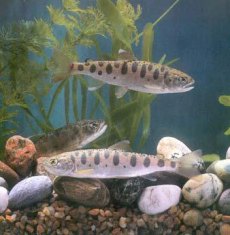
Oncorhynchus masou
Oncorhynchus masou,Montso salmon,Chimon salmon, etc.
Masu salmon, whose Latin name is Oncorhynchus masou, is the southernmost mig···
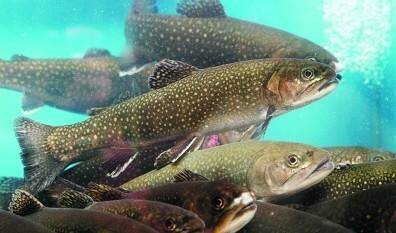
Salvelinus malma
Salvelinus malma,Hanazato Yoshiko
Salvelinus malma is a fish of the genus Salmonidae, with a body color rangin···
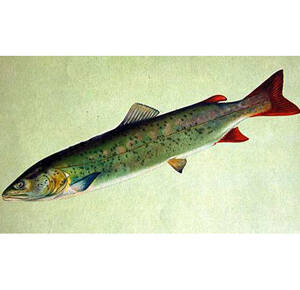
Hucho taimen
Hucho taimen,Zheluo fish, Taimen salmon, Zheluo green fish (Northeast China), big red fish (Xinjiang)
Taimen (scientific name: Hucho taimen) is a cold-water carnivorous freshwate···
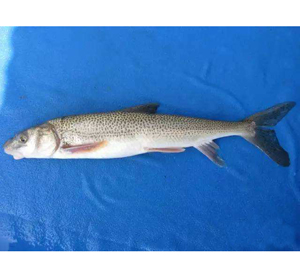
Hucho bleekeri
Hucho bleekeri,Sichuan Taimen, Bailey Taimen, Tiger Fish, Catfish
The Latin name of Sichuan-Shaanxi Taimen is Hucho bleekeri. It is the southe···
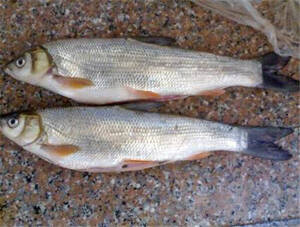
Brachymystax lenok(Pallas
Brachymystax lenok(Pallas,Qinling Slimy Salmon
Brachymystax lenok (Pallas,) is a relic species that migrated from the north···
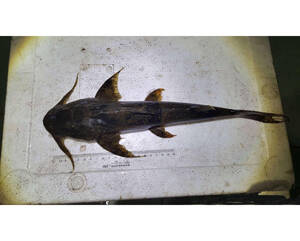
Bagarius yarrelli
Bagarius yarrelli,Eagle tank, tank duckbill, eagle duckbill, papaya fish
The Latin name of the giant yarrelli is Bagarius yarrelli, which belongs to ···
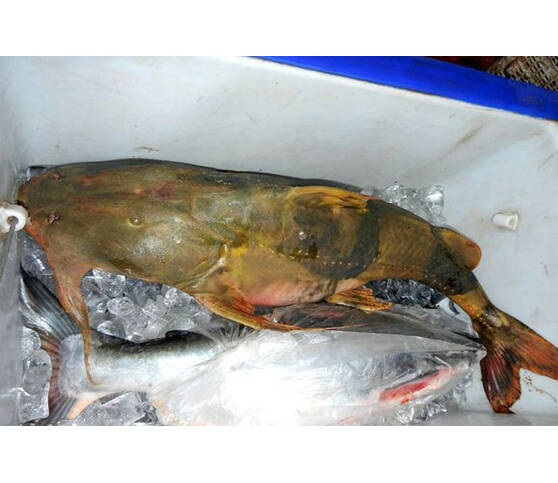
Bagarius rutilus
Bagarius rutilus
The name of the red mullet comes from the orange color on its pectoral fins,···
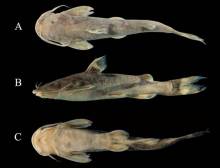
Bagarius bagarius
Bagarius bagarius,Yellow croaker, yellow croaker
The Latin name of the fish is Bagarius bagarius, which is one of the species···

Glyptosternum maculatum
Glyptosternum maculatum,Stone flat head
It is the species with the highest distribution altitude among the family of···
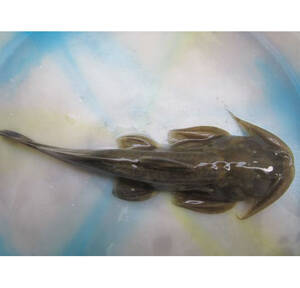
Euchiloglanisdavidi(
Euchiloglanisdavidi(, Stone Climber
The Latin name of the bluestone catfish is Euchiloglanisdavidi (Sauvage, 187···
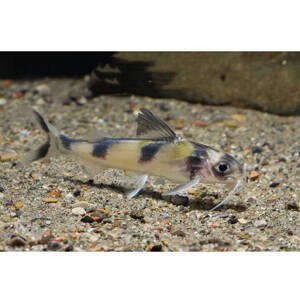
Gagata dolichonema
Gagata dolichonema
Latin scientific name of filament black HeiGagata dolichonema,<span style···
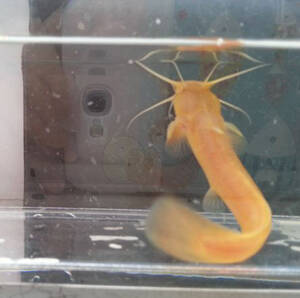
Liobagrus kingi
Liobagrus kingi
King's mullet (Liobagrus kingiTchang,1935) is an animal of the genus Lio···
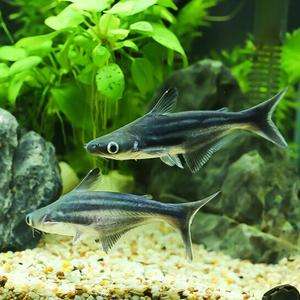
Pangasius sanitwongsei
Giant catfish, Genghis Khan fish
The Genghis Khan fish is a native fish species of the Mekong and Chao Phraya···
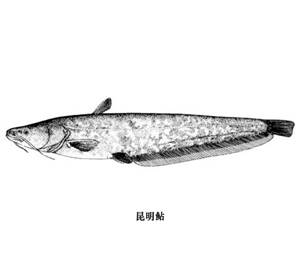
Silurus mento
Silurus mento,Kunming-lakecatfish,Dianchi catfish
Kunming catfish (scientific name: Silurus mento), foreign name Kunming-lakec···
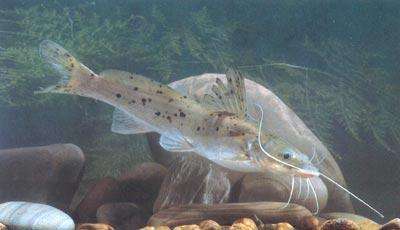
Mystus guttatus
Mystus guttatus,Sesame, plum blossom, sea bream, sesame sea bream, white-bearded sea bream
Mystus guttatus is a species of the genus Mystus in the family Myscidae. It ···
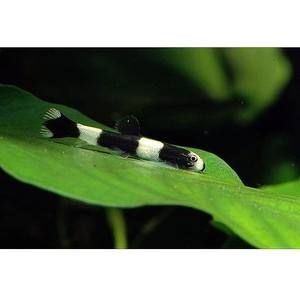
Yaoshania pachychilus
Yaoshania pachychilus,Panda fish, panda shark, golden band panda climbing rock loach
The scientific name of the thick-lipped loach is Yaoshania pachychilus (Chen···
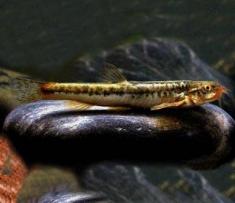
Triphophysa minuta
Triphophysa minuta
Triphophysa minuta (Li, 1966) is a small fish of the genus Triphophysa of th···
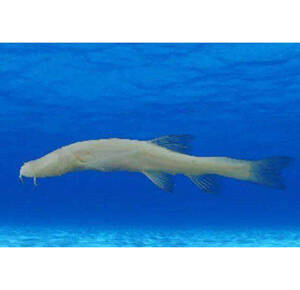
T.xiangxiensis
T.xiangxiensis, formerly known as Xiangxi blind loach
Xiangxi blind loach (T.xiangxiensis) is a fish of the genus T.xiangxiensis o···
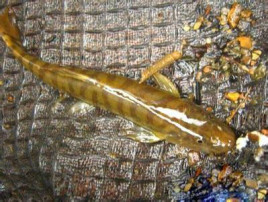
Triplophysa siluroides
Triplophysa siluroides,Catfish, catfish, slab head
Triplophysa siluroides, scientific name: Triplophysa siluroides (Herzenstein···
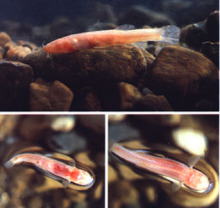
Oreonectes anophthalmusZheng
Oreonectes anophthalmusZheng
The eyeless loach is named Oreonectes anophthalmusZheng in Latin. The eyeles···
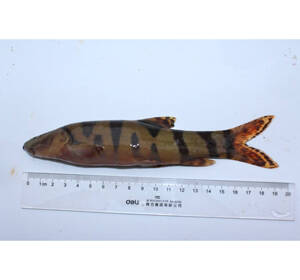
Leptobotia elongata
Leptobotia elongata,Flower fish, spotted loach, flower loach, red sand loach, fire army, flower loach
Leptobotia elongata (scientific name: Leptobotia elongata) is a fish of the ···
